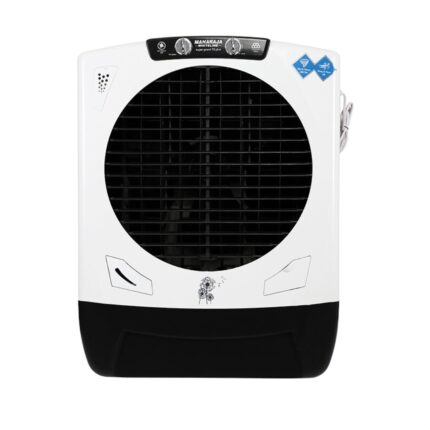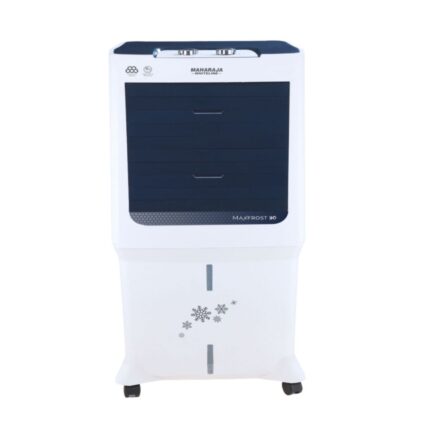window cooler design
The window cooler is a lesser-known but practical addition to the selection of air conditioning options for homes. Effective and efficient cooling systems are becoming more and more necessary as summertime temperatures rise. Although window coolers are an affordable, environmentally friendly, and simple-to-install alternative to air conditioners, air conditioners have long been the go-to choice for many. We’ll explore window coolers in detail in this extensive course, covering everything from features to installation methods to upkeep advice and more.
Why window cooler design?
Window coolers, sometimes referred to as swamp coolers or evaporative coolers, cool the air by the natural process of evaporation. In contrast to conventional air conditioners that depend on compressors and refrigerants, window coolers generate cool, cosy air through an inventive yet basic method. By pulling warm air through moistened pads that increase humidity and decrease air temperature, these devices create a comfortable interior atmosphere without consuming as much energy as air conditioners.
Benefits of Window Coolers
Cost-Effective Cooling: Window coolers are a cost-effective choice for homes because they are much less expensive to buy and run than air conditioners.
Energy Efficiency: Because they demand less energy than air conditioners, window coolers use a lot less energy, which reduces both their environmental impact and utility expenses.
Eco-Friendly Operation: Since window coolers don’t utilise hazardous refrigerants, they are a greener choice than air conditioners.
Easy Installation: Little technical knowledge and simple ductwork are needed to install window coolers. Your cooler will be simple to assemble with a few basic tools and easy-to-follow instructions.
Versatility: Window coolers are adaptable devices that can be placed in a variety of locations, including houses, garages, workplaces, and workshops, when cooling is required.
Installing Your Window Cooler
Selecting the Right Location: Choose a window or other aperture with sufficient space for ventilation and water supply access, as well as one where the cooler can be secured firmly.
Preparing the Area:Verify the window frame’s strength and cleanliness, and clear the installation area of any debris.
Mounting the Cooler: As directed by the manufacturer, firmly install the cooler in the designated window or aperture, making sure it is level and properly sealed.
Connecting Water Supply: When you connect the cooler’s water supply, either directly or through a special water connection, make sure there are no leaks.
Testing the Cooler: The usha cooler must be tested and turned on after installation to guarantee correct operation and maximum cooling efficiency.
Maintaining Your Window Cooler
Regular Cleaning: To keep your window cooler clean, routinely remove any dust, debris, or mineral buildup from the pads, water reservoir, and fan blades.
Changing Pads: Replace the cooling pads as needed to maintain system efficiency and prevent the growth of bacteria.
Checking Water Levels: Check sure there is continuous cooling by keeping an eye on the water level in the reservoir and adding extra if necessary.
Inspecting Components: Regularly inspect the cooler’s components for wear and deterioration, giving special attention to the pump, water distribution system, and fan motor.
Seasonal Maintenance: To ensure top performance all summer long, give your window cooler a thorough check and tune-up prior to the start of each cooling season.
In conclusion, window coolers are a great alternative to traditional air conditioners, providing affordable and energy-efficient cooling options for homes and businesses. By being informed of these multipurpose appliances’ benefits, installation process, and maintenance requirements, you can make the most of their utilisation and enjoy a more comfortable and cool home environment this summer. “modern ceiling jhumar“






Reviews
There are no reviews yet.